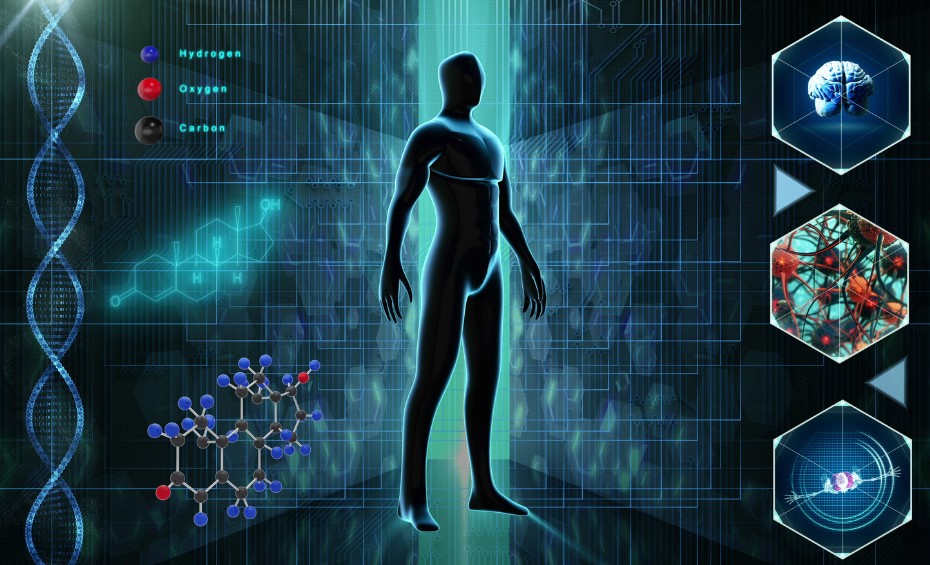When the human body functions optimally, it is a remarkable display of performance, beauty, and wonder. However, when something goes awry, our bodies provide telltale signs that indicate a problem.
Even simple symptoms like coughing, sneezing, or a runny nose suggest that our bodies have detected something unfit and are attempting to expel it. While these examples are relatively minor, more serious issues manifest in more pronounced ways.
Today, I want to seize the opportunity to share some common indicators that our bodies use to communicate the presence of a significant medical event or its impending occurrence. Please note that this article is not an exhaustive guide, nor does it provide medical advice. Instead, I hope it raises general awareness and encourages potentially life-saving responses.
Do You Know How to Read the Signs?
- Heart attack: Among the leading causes of death in the United States, many cardiac events can be survivable if promptly treated. Here are some things to watch for:
- Persistent chest pain or discomfort (more pronounced in men)
- Pain or discomfort in the arms, neck, jaw, back, or stomach
- Sudden shortness of breath or difficulty breathing
- Nausea, lightheadedness, cold sweats, and headaches
- Stroke: A cerebrovascular event that occurs when brain tissue is deprived of oxygen due to circulatory issues, leading to brain cell death and damage. Like heart attacks, recognizing and treating a stroke early can limit permanent damage and even save lives. Remember the acronym FAST for signs:
- Face drooping or numbness on one side
- Arm weakness (can the person lift and hold up both arms?)
- Speech difficulties (slurred, incoherent, or difficult to understand)
- Time to call for medical attention immediately, even if symptoms disappear
- Hypotension: A sudden drop in blood pressure. This can be caused by various factors, including dehydration, excessive heat, cardiac problems, prolonged inactivity, diabetes, and certain blood pressure medications. If symptoms occur, it must be treated as a medical emergency. Look for:
- Dizziness or lightheadedness
- Nausea
- Fainting
- Lack of concentration or focus
- Blurred vision
- Cold, clammy, pale skin
- Shallow and rapid breathing
- Fatigue
- Hypoglycemia: Characterized by dangerously low blood sugar levels, usually in individuals with diabetes. An episode of hypoglycemia can lead to severe complications if not urgently treated, sometimes by consuming a simple sugar or sugar tablets. Watch for:
- Rapid heartbeat
- Dizziness
- Excessive sweating
- Confusion or incoherent speech
- Sudden severe headache
- Unusual anxiety or nervousness
- Extreme hunger or thirst
- Blurred or double vision
- Convulsions or seizures
- Sudden loss of consciousness
As a fitness and wellness professional, I have received extensive training in recognizing medical issues and responding appropriately. It is a requirement of my profession. However, for those of you who interact with friends, family, spouses, and even strangers in public, it is crucial for you to recognize signs of medical distress and know how to respond accordingly. You may just save a life!
Joe Carson B.S. NASM-CPT/FAS/CN
Master Trainer/Functional Aging Specialist/Certified Nutritionist
Twenty-First Century Aging





